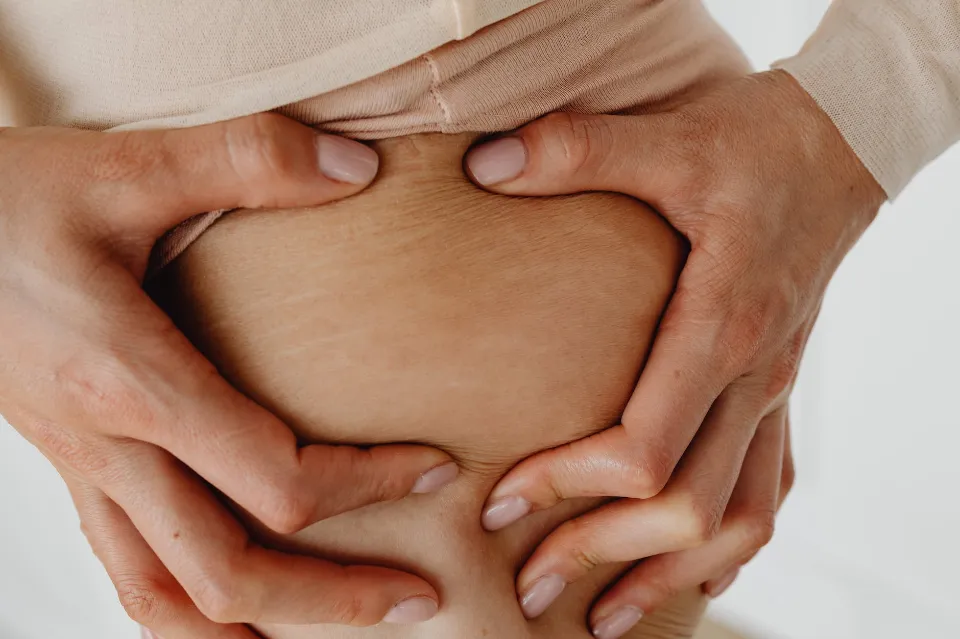
Can You Tattoo Over Stretch Marks – What Should You Pay Attention to?
Many people, particularly women, struggle with stretch marks for the entirety of their lives. Most people view stretch marks as an aesthetic problem, so they are constantly looking for ways to partially or fully cover or conceal the mark. Can stretch marks be tattooed over?
Absolutely, stretch marks can be covered by a tattoo. Stretch marks may catch the tattoo ink as it passes through the skin during the procedure.
Understanding how stretch marks impact the tattooing process is useful, no matter what your current circumstances are. If you want to tattoo over stretch marks, bear in mind the following.
Is It Possible to Get a Tattoo over Your Stretch Marks?
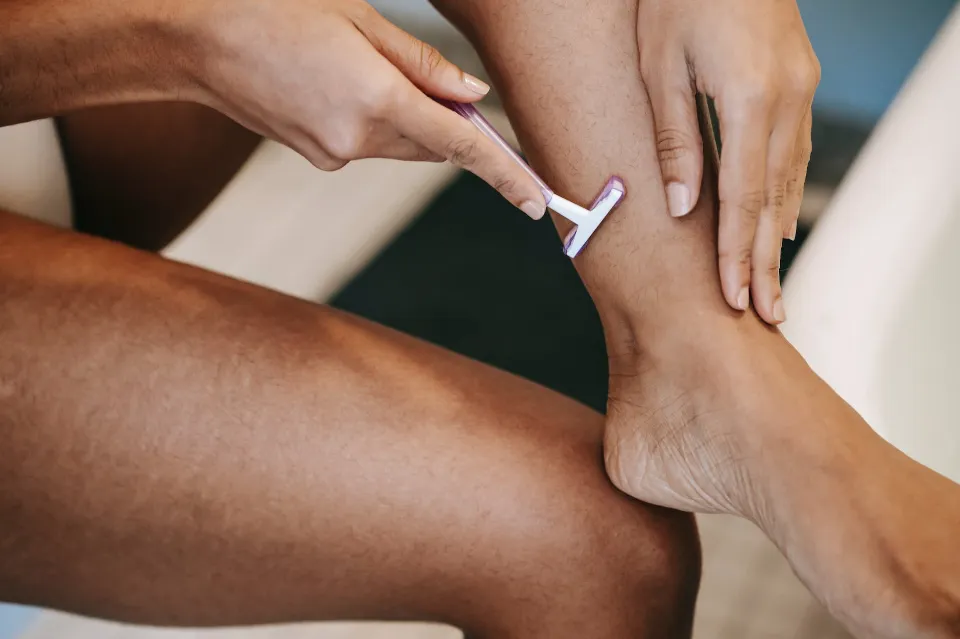
The stretch marks’ size, shape, and state will all be factors. Are the stretch marks old or newly developed? When stretch marks first appear, the skin will be more sensitive, so it’s best to wait until they have time to fully develop before getting a tattoo over them.
Working together on the design will help your tattoo artist. The majority of tattoos placed over stretch marks go with their natural lines rather than against them. For your stretch marks to look their best, the tattoo artist should use the appropriate texture, depth, and color. In any case of getting a tattoo, you should always follow proper tattoo aftercare.
Is It Safe to Tattoo over Stretch Marks?
Clearly, the answer is that it is safe to tattoo over stretch marks. It’s important to be aware that the area around and beneath your stretch marks may be more sensitive to touch.
Keep in mind that stretch marks are essentially skin scars. Therefore, the skin is frequently thinner and occasionally more sensitive.
You should first talk with your tattoo artists about whether it is appropriate to tattoo over stretch marks. You can decide during this conversation whether and how your stretch marks will be tattooed as well as what to anticipate after the procedure.
Read More: How to Waterproof a Tattoo for Swimming
Should You Wait for the Stretch Marks to Be Fully Healed?
It is not advised to get a tattoo over new or recently developed stretch marks. Remember that you are working with your skin, and these stretch marks will be challenging to remove because your body is still making an effort to repair it. These relatively recent stretch marks might end up being something you regret if you decide to get a tattoo over them.
When the stretch marks start to change from purple/red to a more natural skin tone, you should at least wait until that time if you’re in a rush to cover them up with a tattoo. Please be aware that this is only friendly advice and not medical advice. We want any artwork you get on your body to make you happy for years to come.
Is Tattooing over Stretch Marks More Painful?
It won’t hurt anymore to get a tattoo on an entirely healed stretch mark than it will to get one on an unhealed stretch mark (when the coloring fades). The skin is no longer regarded as being affected in the same way that a cut or wound is, even if the stretch mark is obvious.
On the other hand, you should avoid getting a tattoo on a fresh stretch mark because the body is trying to heal it and it is elevated. Your elevated lines will also make your skin more sensitive, which will harm your body’s natural healing process.
A new stretch mark will make the pain of getting a tattoo worse, and the itching as the tattoo heals will be much worse.
4 Factors to Consider When Getting Tattooed Over a Stretch Mark
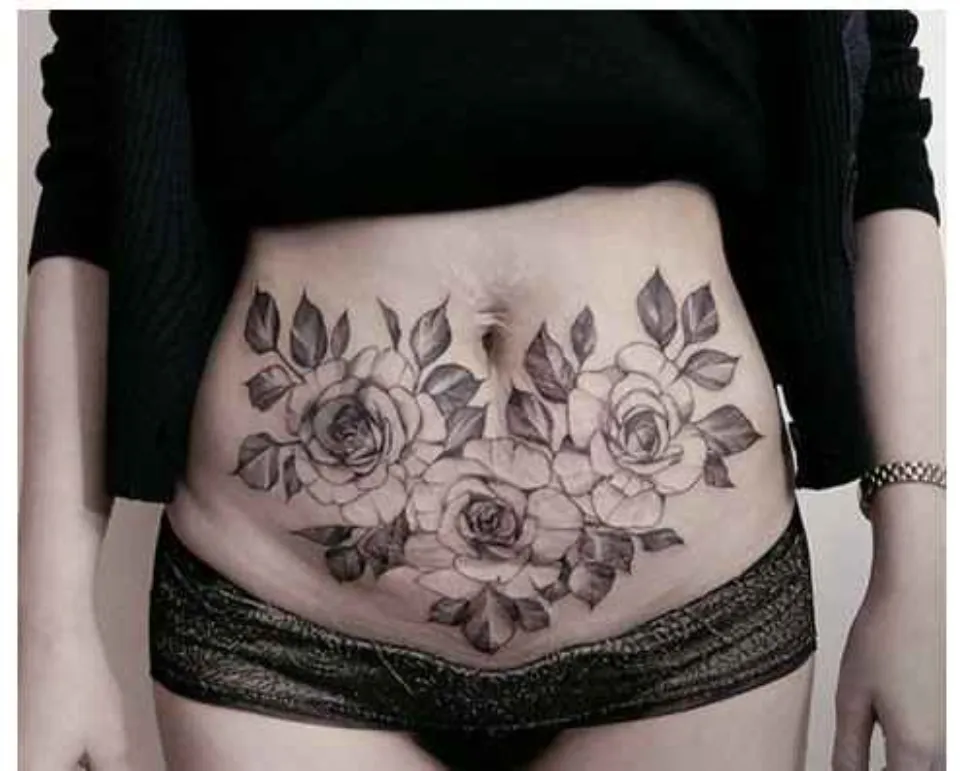
You should consider a number of special factors when deciding whether to tattoo over stretch marks. If you want to decide whether you should try getting a tattoo over your stretch marks, you must first understand how they currently appear. Here are some things to think about.
1. Color
Red, reddish-brown, or purple stretch marks should not have tattoos applied to them. Any of these colors for stretch marks indicate a recent occurrence. Because of these colors and textures, your tattoo artist will have a harder time blending your stretch marks into your intended tattoo.
Fortunately, stretch marks’ color will lighten and meld with your skin tone over time. After at least a year, your stretch marks should be gone enough for you to get a tattoo.
2. Location
Is there a part of your body where stretch marks are more likely to appear? If the answer is yes, you should steer clear of getting a tattoo there. This is due to the possibility that tattoo damage could result from recent stretch marks in that area, regardless of their cause.
As a result of changes like losing or gaining weight, stretch marks may develop more frequently in some areas of your body than others. The upper arms, abdomen, thighs, hips, and glutes are among the areas that store the most fat and are more likely to develop stretch marks.
3. Size
Contrastingly, larger stretch marks will be harder to cover up.
Wider and longer stretch marks may require more extensive tattooing to effectively cover them, which will cost more money and time. Either that, or you’ll have to deal with the stretch marks that will be noticeable around the tattoo’s edge.
4. Experience
It goes without saying that you want to entrust your tattoo to a skilled artist. The tattooing of stretch marks is a specialty practiced by some tattoo artists, did you know?
If your internet search fails to turn up any experts, you aren’t completely out of luck just yet. Inquire at a few tattoo parlors in your neighborhood. Stretch marks are likely something a tattoo artist has dealt with in the past.
What to Expect When Getting a Tattoo over Stretch Marks
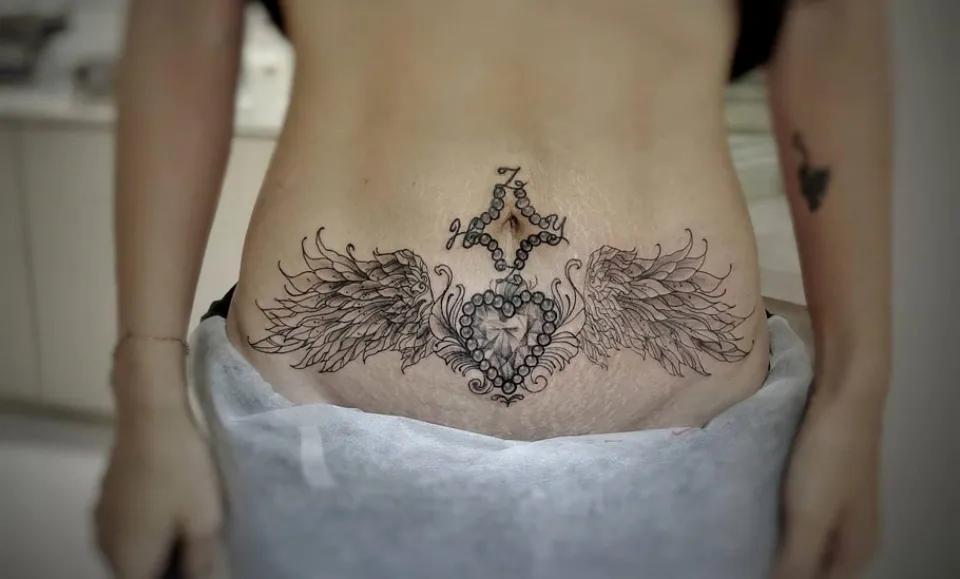
Here are a few things you must know and expect if you are getting inked on your stretch marks:
- Your dermis, the skin layer immediately beneath the epidermis, receives the tattoo ink. Blood vessels, nerves, collagen fibers, glands, and dermal cells are all found in your dermis. For healing, they are all essential. The epidermis continually loses cells. If the tattoo is only on the epidermis, it will therefore eventually fade.
- Your skin is punctured 50–3000 times per minute by the tattoo needle.
- The tattoo artist will start the tattoo machine after dipping the needle into the ink. There are between 3 and 25 different ends on the tattoo needles. For outlining and detailing, use needles with fewer ends; for coloring and shading, use needles with more ends.
- Your tolerance for pain will determine how painful the process is. In most cases, all you might feel is a stinging sensation. Rarely does the pain get unbearably uncomfortable.
- Utilizing a stencil, the artist will frequently start by sketching the design’s outline before adding details.
The main goal of traditional tattoos is to make the stretch marks look like a natural part of them. A different method, known as a camouflage tattoo, covers the scars and makes them disappear into your skin. You get a uniform look as a result.
The Risks of Tattooing over Stretch Marks
Getting tattooed over stretch marks carries some potential risks, just like with any other type of tattooing.
You must take very good care of your new body art, keep it clean, and take extra precautions to prevent infection while it heals, just like you would with any tattoo.
The majority of other dangers are related to how the tattoo looks. Stretch marks are a type of scarring, and scar tissue typically holds ink in a different way than healthy skin would beneath the surface.
Depending on how dense the scar tissue is beneath the skin, it’s possible that some areas of your tattoo will appear less defined and occasionally even blurrier than others. Patchiness and fading may result from scar tissue that doesn’t fully absorb the ink the first time. With subsequent touch-ups from your artist, you can try to address some of these problems.
Naturally, the risk that the tattoo won’t turn out exactly as you had hoped for increases the larger and more noticeable your stretch marks are. Additionally, tattoos over scar tissue, moles, freckles, birthmarks, cellulite, etc. are not permitted.
Final Thoughts
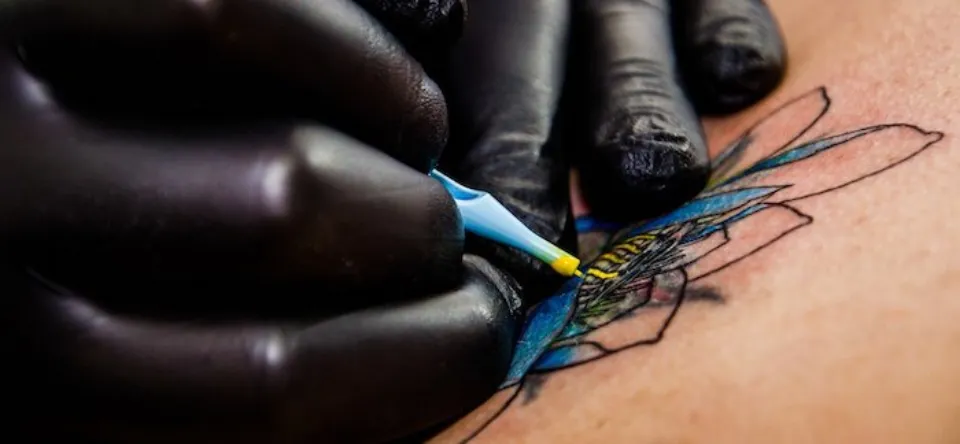
When getting a new tattoo, the health of your skin is crucial. Your stretch marks’ particular characteristics will have a big impact on how things turn out.
To ensure a fantastic piece, discuss your expectations and worries with your artists before getting a tattoo to cover your stretch marks.
FAQs
How Much Does It Cost to Tattoo over Stretch Marks?
Prices typically range between $250 for a smaller area (scar) and $1500 per section for larger areas.
Can Stretched Skin Be Tattooed?
With a few restrictions, crepey skin can receive tattoos. Crepey skin is looser and saggier because it develops in areas of the skin where collagen and elastin have been lost. It can be challenging to tattoo loose skin because the image will stretch with the skin, potentially turning the mermaid portrait into an eel-lady.
Is It Harder to Tattoo over Stretch Marks?
Stretch marks are actually scar tissue, and this kind of skin won’t take ink well like normal skin does. Your tattoo artist may need to perform additional touch-ups on this area in the future.




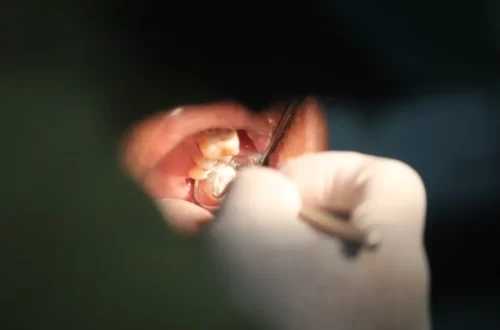
Average Rating